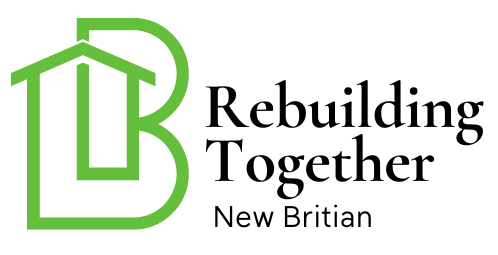Are you having issues with your irrigation system? Understanding how to troubleshoot irrigation system is essential for any homeowner who wants to keep their lawn looking lush and green. In this article, we will explore various ways to identify and fix common issues with irrigation systems. By following these guidelines, you will not only ensure efficiency but also save on water bills!

Why Proper Irrigation System Functioning is Important
An effective irrigation system makes gardening and landscape maintenance easier and more efficient. It ensures that your lawn and plants receive the right amount of water without over- or under-watering. Proper functioning of these systems is vital for conserving water and maintaining a healthy garden.
Common Problems With Irrigation Systems
Water Pressure Issues
If your irrigation system is not performing well, it could be due to water pressure issues. Low water pressure may mean that some of the zones may not cover as intended.
Clogged Sprinkler Heads
Clogged heads are often a problem in irrigation systems. Dirt and debris can clog sprinkler heads, causing uneven distribution of water.
Valve Problems
Valves are crucial for distributing water to different zones in your garden, and any failure in the valve could disrupt the irrigation schedule.
Steps to Troubleshoot Your Irrigation System
Checking the Water Pressure
Start by checking your water source for leaks or broken pipes, which may be causing low water pressure. Ensure the valves are fully open and free of any restrictions.
Cleaning Clogged Sprinkler Heads
Turn off the system and manually inspect sprinkler heads. Remove and clean them thoroughly to ensure there are no blockages.
Inspecting and Replacing Faulty Valves
Inspect all valves for possible leaks and wear. Replace faulty ones to ensure your system is in perfect working order.
Preventive Maintenance Tips
Regular System Check
Perform regular checks of your irrigation system to identify any issues early on. This includes inspecting valves, pipes, and sprinkler heads.
Seasonal Adjustments
Adjust the watering schedule based on the seasons to ensure optimal water usage. More water is needed in the summer, while less might be required in colder months.
Generator for Landscaping
Utilizing a generator can also assist in maintaining a strong water supply during unstable weather conditions.
Expert Help and Resources
If troubleshooting doesnt solve the issues, consider consulting professionals who specialize in irrigation systems. For more insights, you can check [Cotton Incorporated’s irrigation systems overview](https://www.cottoninc.com/cotton-production/ag-resources/irrigation-management/irrigation-systems-overview/ ‘external link’) with the latest updates on techniques.
Learning from Others
Engage in online communities and forums to learn from other homeowners who have first-hand experience in troubleshooting their systems.
Investment in Quality Equipment
Smart Irrigation Systems
Investing in smart irrigation systems is a terrific way to integrate technology for monitoring and controlling water usage remotely.
Eco-Friendly Options
Choose eco-friendly options that support sustainability while maintaining garden health.
Importance of Home Repairs
Regular maintenance and home repairs not only extend the life of your irrigation system but also enhance your property’s value.

FAQ Section
Q1: What should I do if my sprinklers are not turning on?
Check the control panel for proper settings. Ensure the system is receiving power and fuses are not blown.
Q2: How often should I inspect my irrigation system?
It’s advisable to inspect your irrigation system at least twice a year, preferably at the start and end of the watering season.
Q3: How can I get smart irrigation technology?
Modern smart irrigation technology is available in most home improvement stores and can also be installed by a professional.
As an Amazon Associate, I earn from qualifying purchases.
